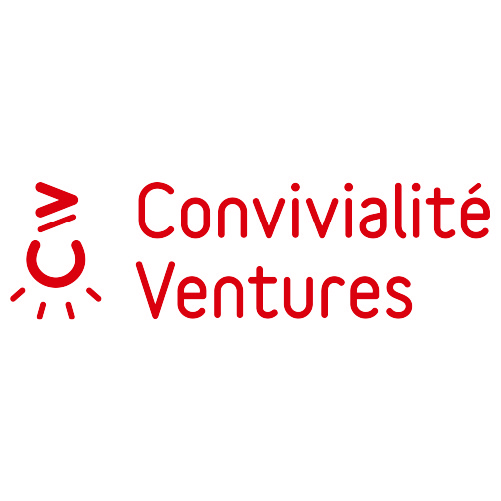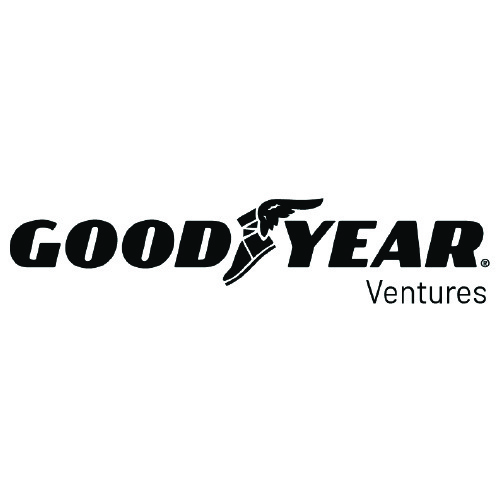The Art of the Possible: The Dance Between CVCs and Ventures
May 9, 2024
Interviewed by Nicolas Sauvage on October 15th, 2020
Leveraging her extensive expertise and refined methodology, Linda Yates adeptly crafts a comprehensive, instructive, and scalable approach encompassing corporate investing and venture building. Linda, co-founder and CEO of Mach49 gave Corporate Venturing Insider a glimpse into her journey and the adventure surrounding her company’s founding. the insights she provided serve as best practices the audience can use not just in investing but in entrepreneurship as well. Linda’s success in combining these two experiences provides invaluable feedback into the ecosystem.
Mach 49
Mach 49 helps large companies launch ventures, build incubators to work themselves out of a job, and build a pipeline and portfolio of new ventures. It helps these companies embark on corporate venturing, build world-class CVC funds, or, in some cases, train their investment committees to think and act like top-tier venture capitalists. Lastly, Linda said Mach49 shows companies how to bring Silicon Valley inside — creating new ventures from within to drive meaningful growth and disrupt themselves from the outside by investing and partnering with startups strategically.
“We focus on two big areas, disrupting inside out and disrupting outside in,” said Linda.
A pivotal aspect lies in assimilating the essence of Silicon Valley into the CVC framework, tapping into its abundant reserves of innovation and transformative potential.
She expounds on three key elements that facilitate the CVC’s assimilation of Silicon Valley principles:
- Grasping customer pain points
- Navigating the current technological trends
- Embracing the ethos of incremental investments inherent to Silicon Valley’s traditions
Once a CVC absorbs these tenets its trajectory is noticeably elevated, attaining a profound understanding of its mission and the dynamic ecosystem in which it operates. Mach 49 helps ventures understand this holistic comprehension to strategically align their mission with the evolving landscape, catalyzing heightened levels of success.
“Send out the speedboats that have proof of concept, have things that are in the market with product market fit, generating revenue,” Linda concluded. “Now you have that foundation to stand on.”
Talent Risks
In alignment with her speedboat analogy, Linda pointed out that Mach 49 only works with companies with a full-time team and a CEO or a business owner candidate. This leadership component establishes a stable foundation for growth and adaptability from which Linda and her colleagues can propel the client to success. Other prerequisites for Mach 49 include access to funding, an engaged new venture board, and an early concept of what will be done with those ventures.
“We put in the concert of phantom shares to make sure that we can recruit people from the outside if we don’t have enough talent,” Linda said. “we need to ensure that the pilots are going to be successful.”
An intriguing shift occurs in the talent equation for CVCs. It’s not just about embracing those well-versed in the mechanics of venture capital; it’s about finding individuals intimately familiar with the company’s core — the mothership. Linda said. The expertise within the parent company must seamlessly align with the agility of the startups, creating a potent synergy.
This narrative, however, takes a nuanced twist when talent becomes the main focal point. On one side, there’s the imperative to nurture and retain internal innovators within the corporate realm. On the other side, there’s the acknowledgment that a talent vacuum could loom large. For startups born of investment bankers and boasting a pristine digital platform but lacking pertinent experience, tapping external talent becomes a survival strategy. The journey to sustaining talent is defined not only by leveraging internal resource pools but in accessing talent through Silicon Valley, where Mach 49 has extensive resources.
The Power of Phantom Shares
In the dynamic landscape of venture building and investment, innovation extends beyond products and technologies. It also permeates the nuances of how talent is incentivized and rewarded.
She emphasizes that venture building calls for the recognition of diverse entrepreneurial profiles. While the archetype of the young, risk-embracing CEO often takes center stage, the reality is more nuanced. Age, family commitments, and risk tolerance shape the entrepreneurial landscape. For instance, a seasoned professional in their fifties, with family responsibilities, might not be willing to accept the same level of risk as a fresh graduate. Phantom shares offer a novel solution, allowing individuals to tailor their compensation mix — balancing traditional salary and bonus against equity. This flexibility enables a range of talent to participate in the innovation journey, each contributing their unique strengths.
Linda extends the concept to encompass corporate venture capitalists, pivotal players in the corporate innovation ecosystem. These individuals bridge the gap between established corporations and startups, driving synergistic growth. CVCs are incentivized through various compensation models to champion the ventures they nurture, sharing in their success. The concept of phantom shares ensures that their fortunes are intricately linked to the outcomes of the ventures they guide.
Venture building often involves the coordinated efforts of incubator teams, akin to the heartbeats of innovation within a corporation. These teams nurture multiple ventures, contributing substantially to their growth and success. Phantom shares offer a method to acknowledge their contributions, fostering a sense of ownership and shared triumph. By granting them a stake in each venture’s success, these teams become engines of innovation, channeling their expertise across projects.
Spinning Out
Spinning ventures out of their corporate parents finds its genesis in two core rationales, Linda said. First, it provides an avenue to divest from ventures with substantial infrastructure requirements or capital intensity. By inviting external investors such as CVCs, VCs, or family offices to share in the risk, organizations create a collaborative ecosystem that spreads the financial burden and multiplies resources. The second driving force behind spinning out ventures is the amalgamation of complementary superpowers. While corporations bring their distinct strengths and resources to the table, certain ventures necessitate additional expertise and capabilities to flourish. In such cases, spinning out becomes a strategic maneuver to invite joint venture partners possessing the missing elements crucial for venture success.
“The KPIs then become KPIs related to the risk,” Linda explains. “The metrics and milestones that tell you you’ve mitigated that risk.”
The transition from incubation to spinning involves a new evaluation of KPIs that lay the foundation for successful venture evolution. In our conversation, Linda illustrated three key points to consider when editing your company’s KPIs:
- Identify and validate customer pain
- The feasibility of a proposed product or solution assumes center stage
- The intricacies of business design take precedence
Beyond these strategic KPIs, Linda also outlines five essential “swim lanes” that demand attention during the venture’s evolution. These compasses product-market fit, product development, go-to-market strategy, business model refinement, and the growth of a cohesive team. This multidimensional approach underscores the intricate ecosystem within where spinning out occurs.
Positioning and Purpose of a CVC
A key question arose in our conversation which surrounded whether or not CVCs should be integrated within the corporation, existing as a department, or established as a separate entity operating at arm’s length. Linda provided her opinion on this as she strongly advocated for the strategic advantage of having a CVC as a separate entity, especially during its nascent stages. At the outset, the value of CVCs is intricately tied to the mothership, with assets, core competencies, channels, and customers forming their bedrock. Linda cautions against rapid detachment from the mothership, highlighting the need to leverage its capabilities and resources. Being a distinct entity that collaborates with the mothership amplifies strategic relevance and aligns ventures with the core’s goals.
“Build an internal ecosystem of ambassadors,” Linda advises. “It’s very important to build that internal design.”
But how does corporate venture capital provide access to core assets and capabilities within a large decentralized organization? Linda’s insights introduce a concept akin to creating an internal ecosystem which involves designating individuals within various units and functions as ‘ambassadors’ who serve as liaisons between the startups and the mothership. These ambassadors champion the ventures’ interaction with the mothership, ensuring a smooth experience.
“The biggest thing for motherships is that they are not current on the art of the possible,” exclaims Linda. “The world is moving too fast, and if you’re focused on your core and legacy businesses, and different business units, you’re just not gonna be fast enough.”
As Linda points out, the art of the possibility remains the ultimate challenge. In a rapidly evolving landscape, corporations must identify the potential of innovation so they can act swiftly. By embracing collaboration between CVCs and ventures, organizations can step beyond perceived limits and embark on the journey, redefining the boundaries of corporate innovation in a world driven by change and opportunity.

 Building an internal ecosystem within large, decentralized organizations helps facilitate the interaction between startups and the mothership.
Building an internal ecosystem within large, decentralized organizations helps facilitate the interaction between startups and the mothership. 



















